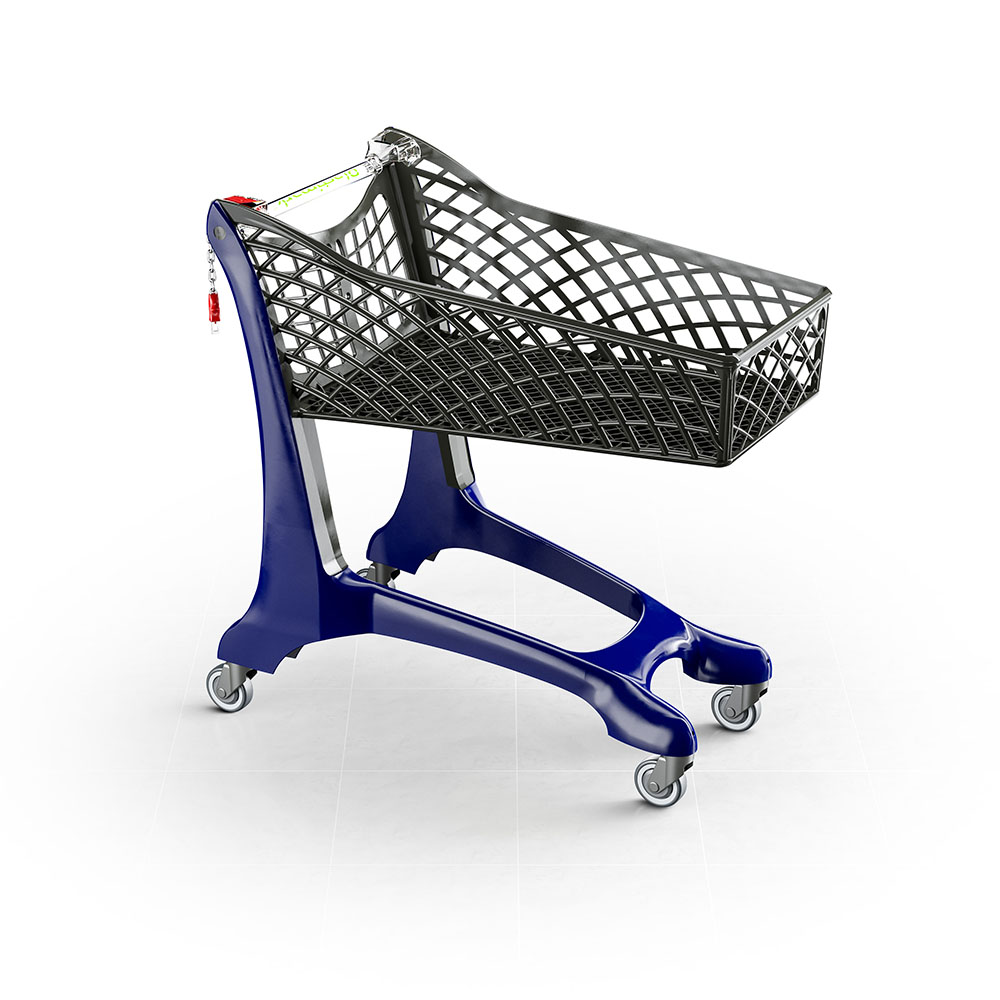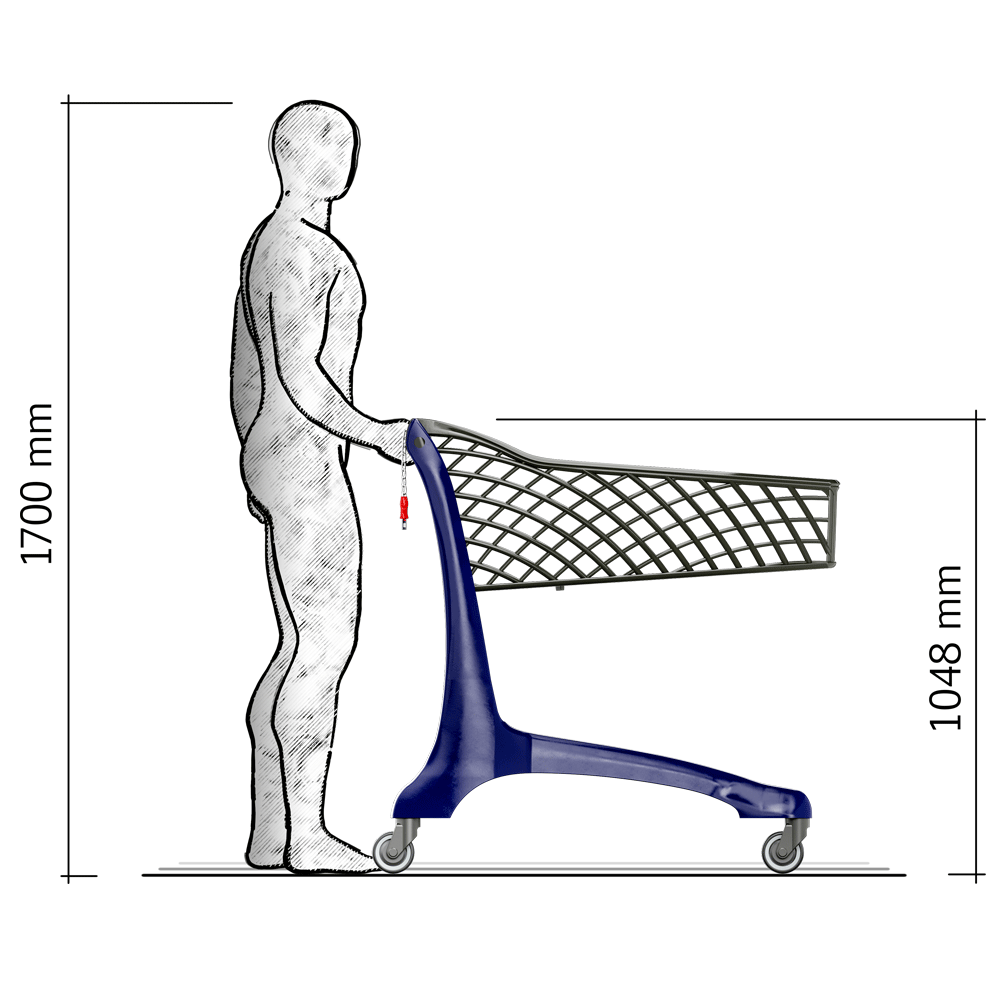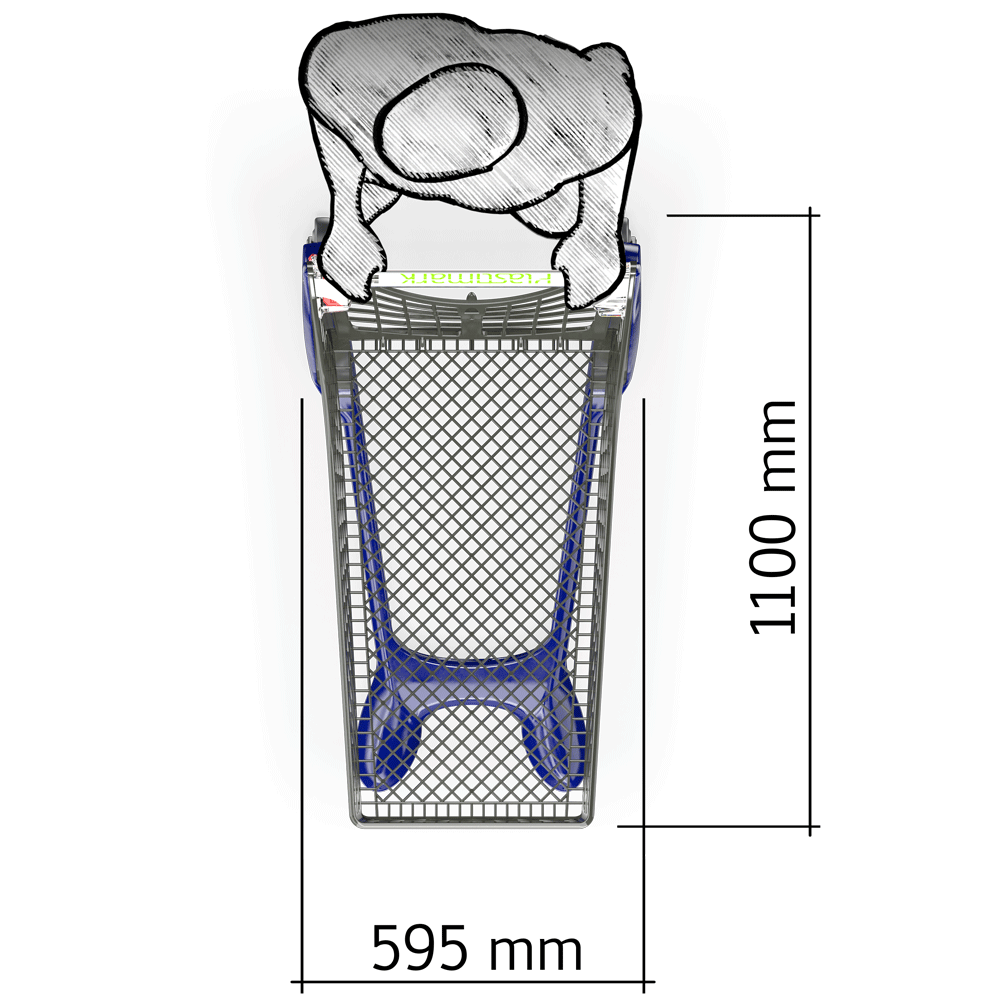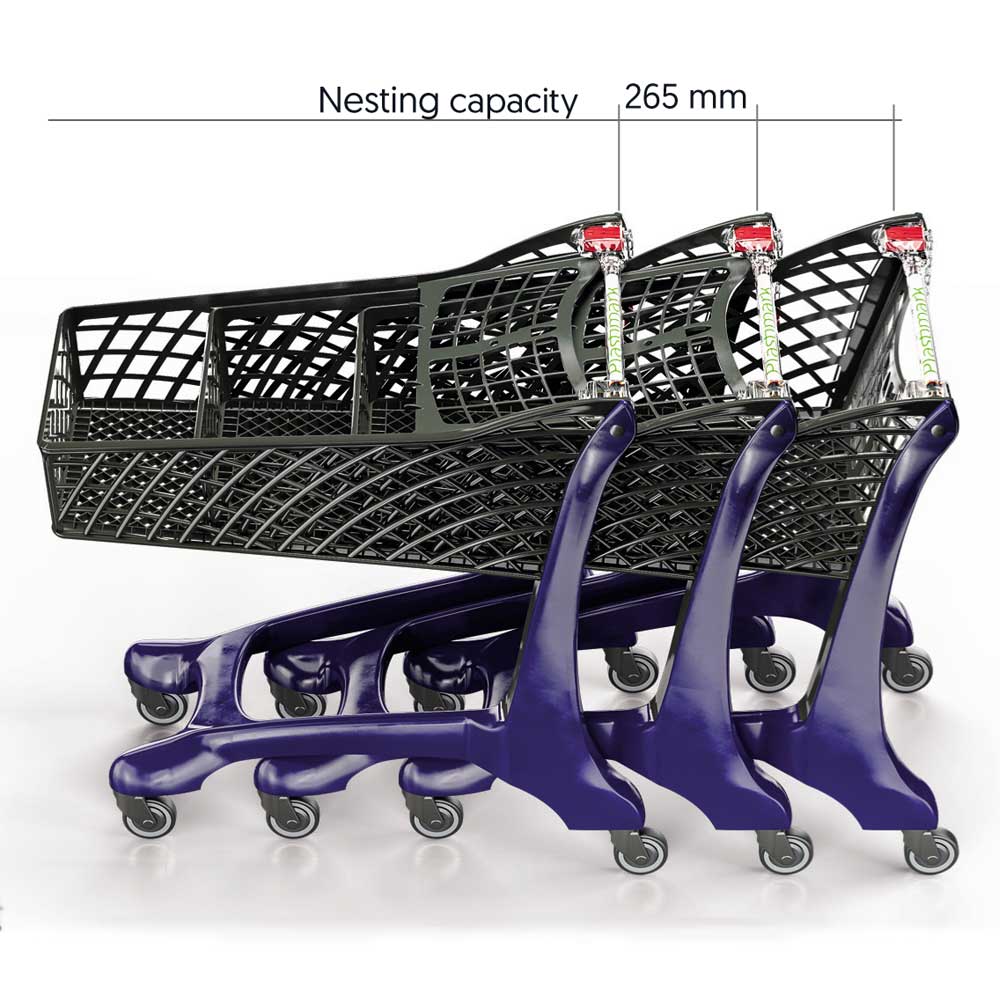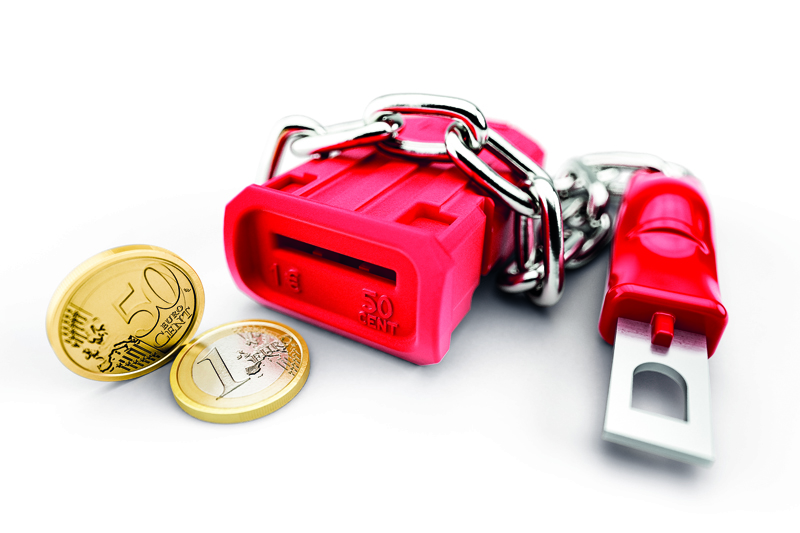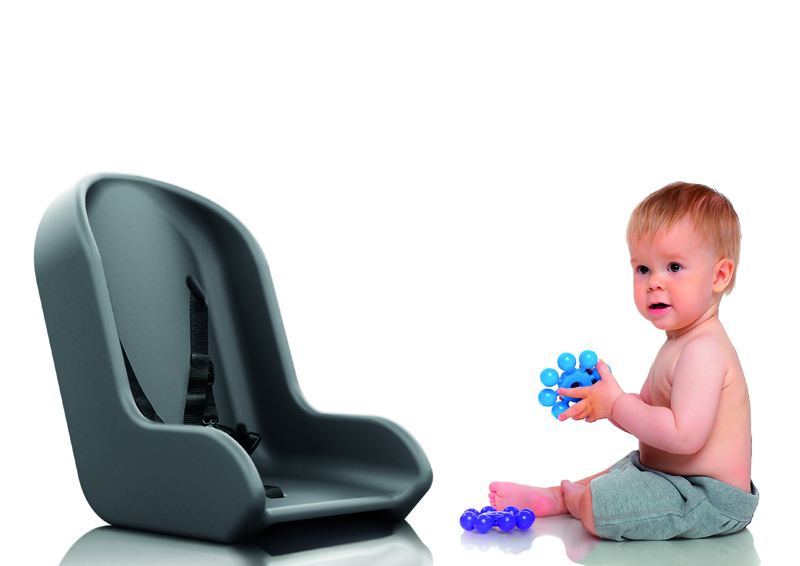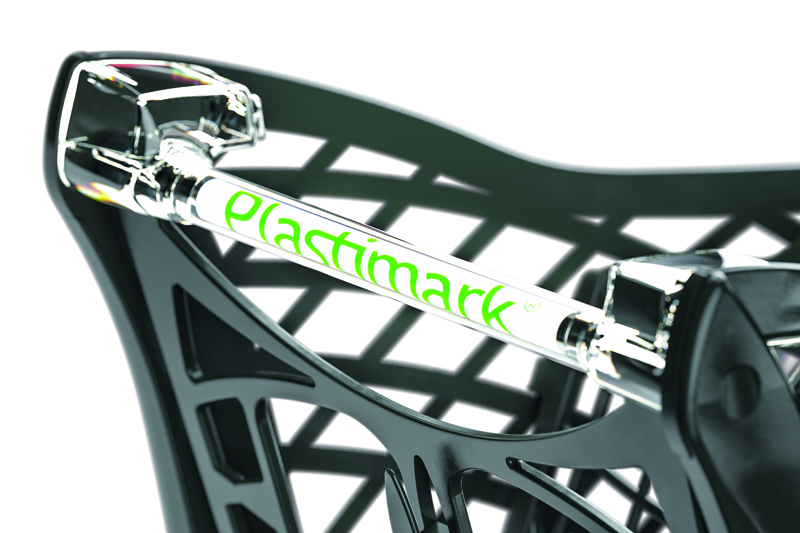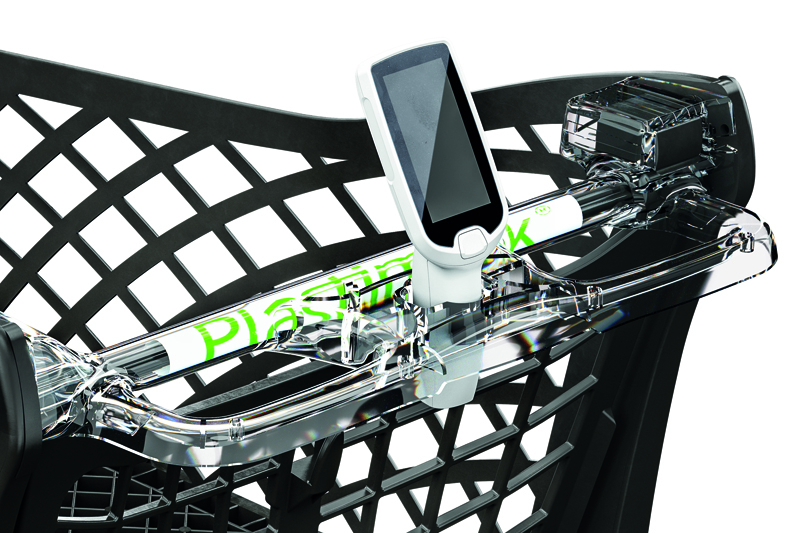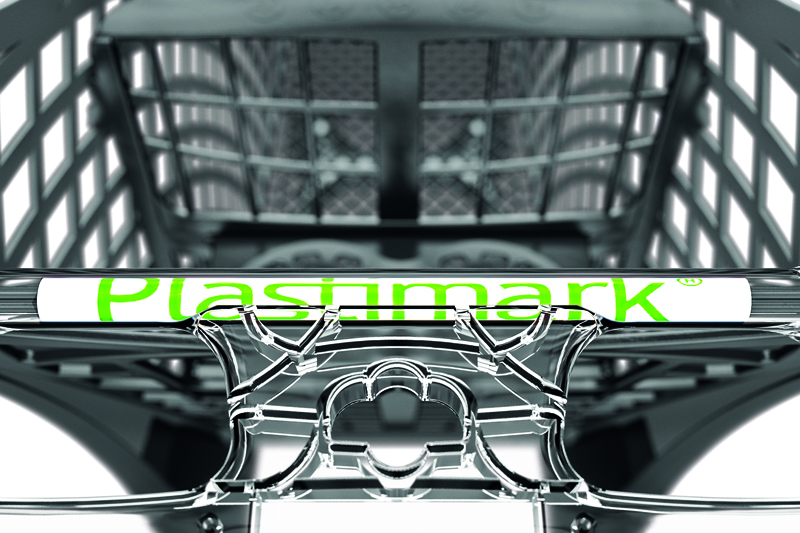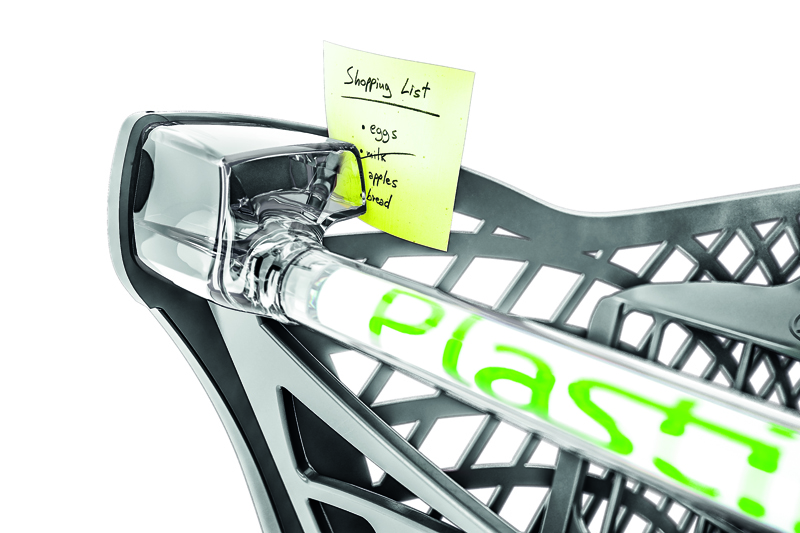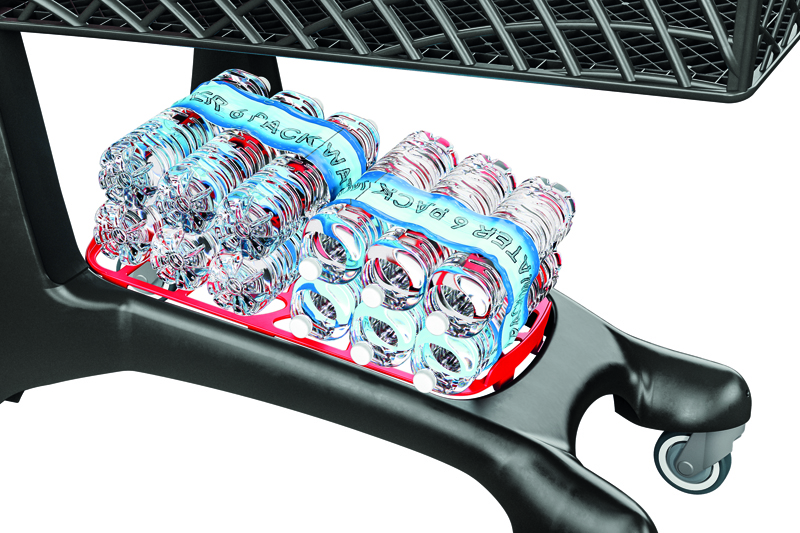Keita 90 lt
La estructura, el diseño y las dimensiones son como nuestros articulos más antiguos, pero con la diferencia de que ahora la cesta es más profunda y reducida que antes. Por ello, permite un vaciado más fácil, evitando de esta manera posturas incómodas y hace que el carro sea más ligero, manejable y práctico. KEITA 90 lt es adecuado para la manipulación de mercancías en el interior de invernaderos y jardines o en tiendas de bricolaje. Está especialmente indicado para el uso de personas mayores y discapacitadas.
Características
Capacidad: 90 litros
Ancho: 595 mm
Altura: 1.048 mm
Profundidad: 1.050 mm
Apilabilidad: 265 mm
Peso: 14 kg
Colores
Estructura
● RAL 7043
● RAL 5002
● RAL 3020
Asiento de niños
● RAL 7023
Cesta
● RAL 7043
● RAL 7023
Personalizable en cualquier color a petición del cliente

Accesorios
Ruedas
1. LC Ø 100
2. LC Ø 125
3. LC para rampas Ø 125
4. Premium Ø 100
5. Premium Ø 125
6. Premium para rampas Ø 125
10. LC con freno Ø 100
11.LC con freno Ø 125
Carga
1 camión
n° 392 uds
1 x 20’ contenedor
n° 114 uds
1 x 40’ contenedor
n° 258 uds




de compra
